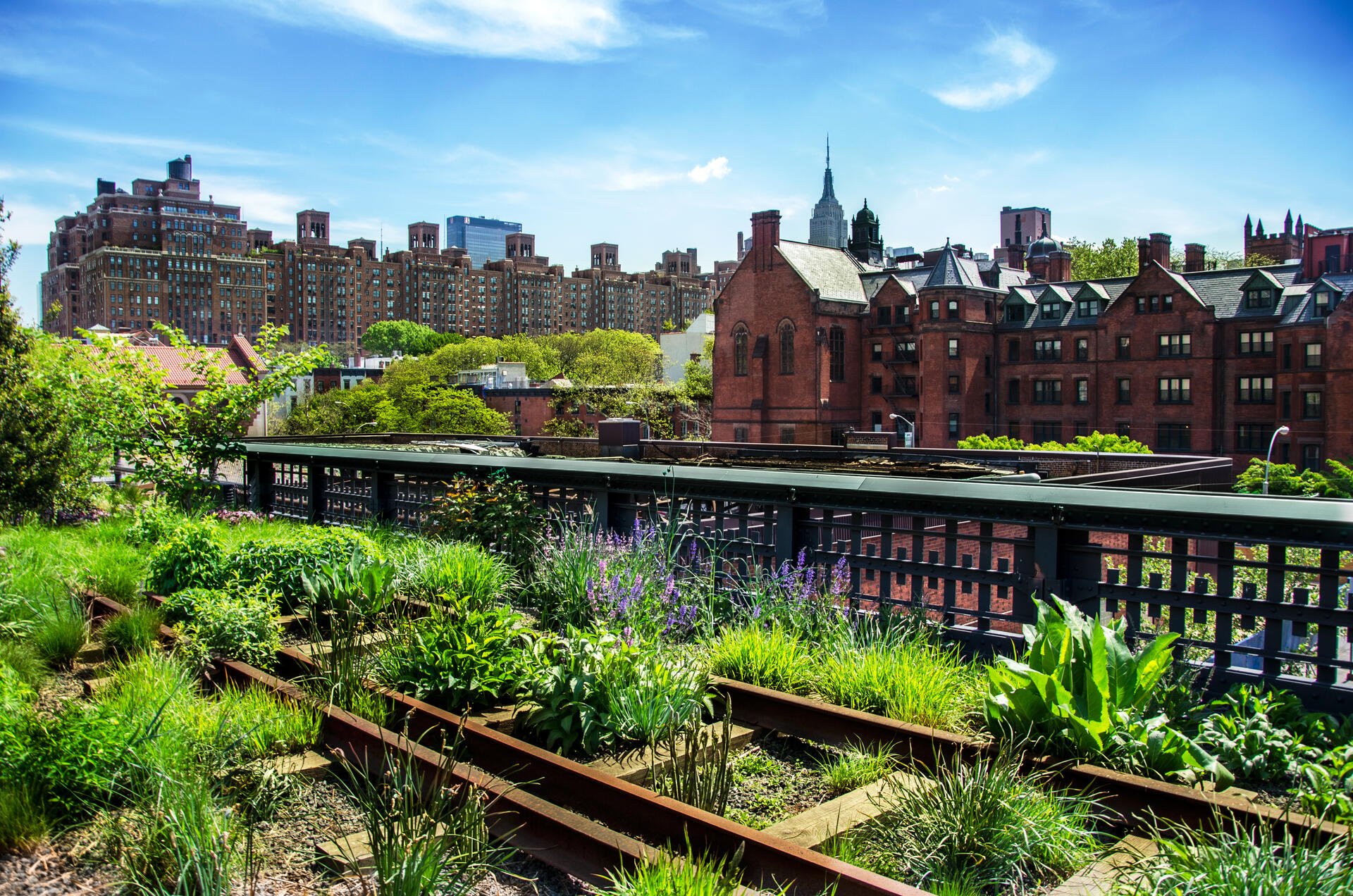Adaptive Reuse Architecture: Breathing New Life into Old Buildings
As cities worldwide aim to balance urban expansion with sustainability, adaptive reuse architecture has emerged as a crucial practice. Rather than demolishing old buildings, adaptive reuse transforms existing structures for new, functional purposes. This not only preserves historical integrity but also addresses modern urban needs while cutting construction costs and reducing waste. From converting old factories into residential lofts to transforming industrial sites into vibrant cultural centers, adaptive reuse offers a sustainable alternative to traditional urban development.
Why Adaptive Reuse is Gaining Momentum
Environmental Benefits: Adaptive reuse requires fewer resources than new construction. The reuse of materials like brick, stone, and steel significantly reduces the carbon footprint by avoiding demolition waste.
Economic Advantages: Renovating an existing building is often more affordable than new construction. These unique spaces frequently attract businesses, residents, and tourists, enhancing local economies. Additionally, they may qualify for tax incentives aimed at preserving historical sites.
Cultural and Aesthetic Value: Preserving old buildings maintains a city’s cultural heritage. Structures like renovated theaters, converted rail stations, or repurposed warehouses embody a blend of old and new design, enriching a city’s character.
Community Revitalization: Adaptive reuse can rejuvenate neglected urban areas, turning abandoned buildings into community centers, green spaces, or mixed-use facilities that serve the community’s needs. Projects such as the High Line in New York demonstrate how revitalizing existing structures contributes to community engagement and green infrastructure.
Iconic Examples of Adaptive Reuse Projects
Tate Modern (London, UK) – Originally a power station, it was transformed into an iconic art museum in 2000, preserving much of its industrial structure while providing vast galleries.
High Line (New York City, USA) – Once an elevated freight rail line, it was converted into a public park, incorporating landscaping that maintains the natural vegetation that overtook it.
Zeitz MOCAA (Cape Town, South Africa) – A former grain silo reimagined as a contemporary art museum. The design carved an atrium out of the silos, preserving the historical feel while creating a modern landmark.
Fondaco dei Tedeschi (Venice, Italy) – A historic trading post turned into a luxury shopping center, carefully balancing Venetian heritage with contemporary retail design.
Future of Adaptive Reuse
With increased environmental awareness and urbanization pressures, adaptive reuse is anticipated to become an architectural standard. Combining sustainable practices with innovative design, adaptive reuse aligns with urban sustainability goals and demonstrates that cities can grow while maintaining their historical identity. The trend points towards a future where cities prioritize both functionality and cultural preservation, setting an example for sustainable urban development globally.




Comentarios
Publicar un comentario